
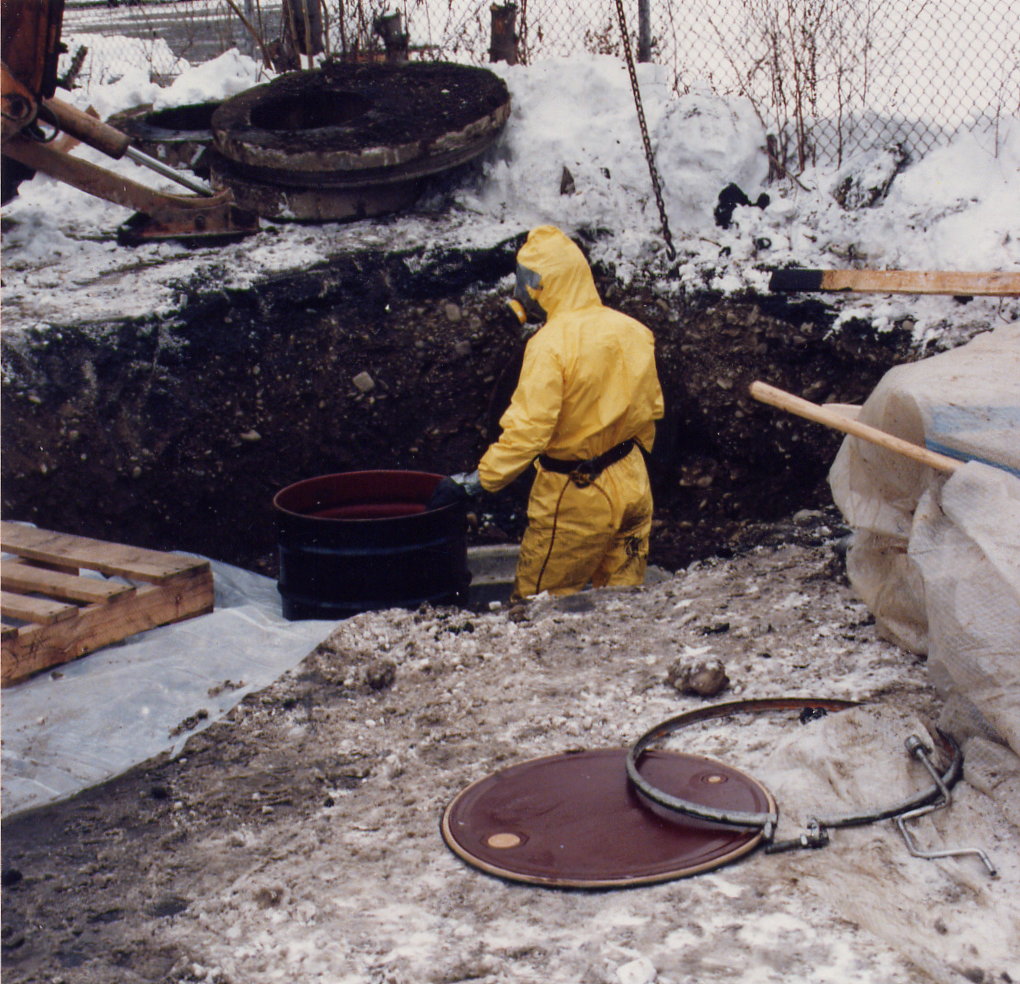
PHASE I ENVIRONMENTAL SITE ASSESSMENTS
Phase I Environmental Assessments (Audits). Completion of over 350 Phase I Environmental Assessments and Transaction Screens, in accordance with ASTM (and recently inclusion of the USEPA All Appropriate Inquiry Rule) standards to identify potential recognized environmental conditions on residential, commercial, industrial, and agricultural sites including identification of point and non-point pollution sources and sediment runoff to sensitive waters.
PHASE II ENVIRONMENTAL SITE INVESTIGATIONS
Phase II Site Investigations. Completion of over 200 Phase II site characterizations including identification of recognized environmental conditions identified in Phase I Environmental Assessments including the use of field analysis equipment (photoionization detector, gas chromatograph) and sampling of soil, soil vapor, surface and groundwater media, hydrogeologic investigations, identification and delineation of contaminant fate and transport, and data evaluation. Erosion and sediment controls are utilized during extensive ground intrusive activity.
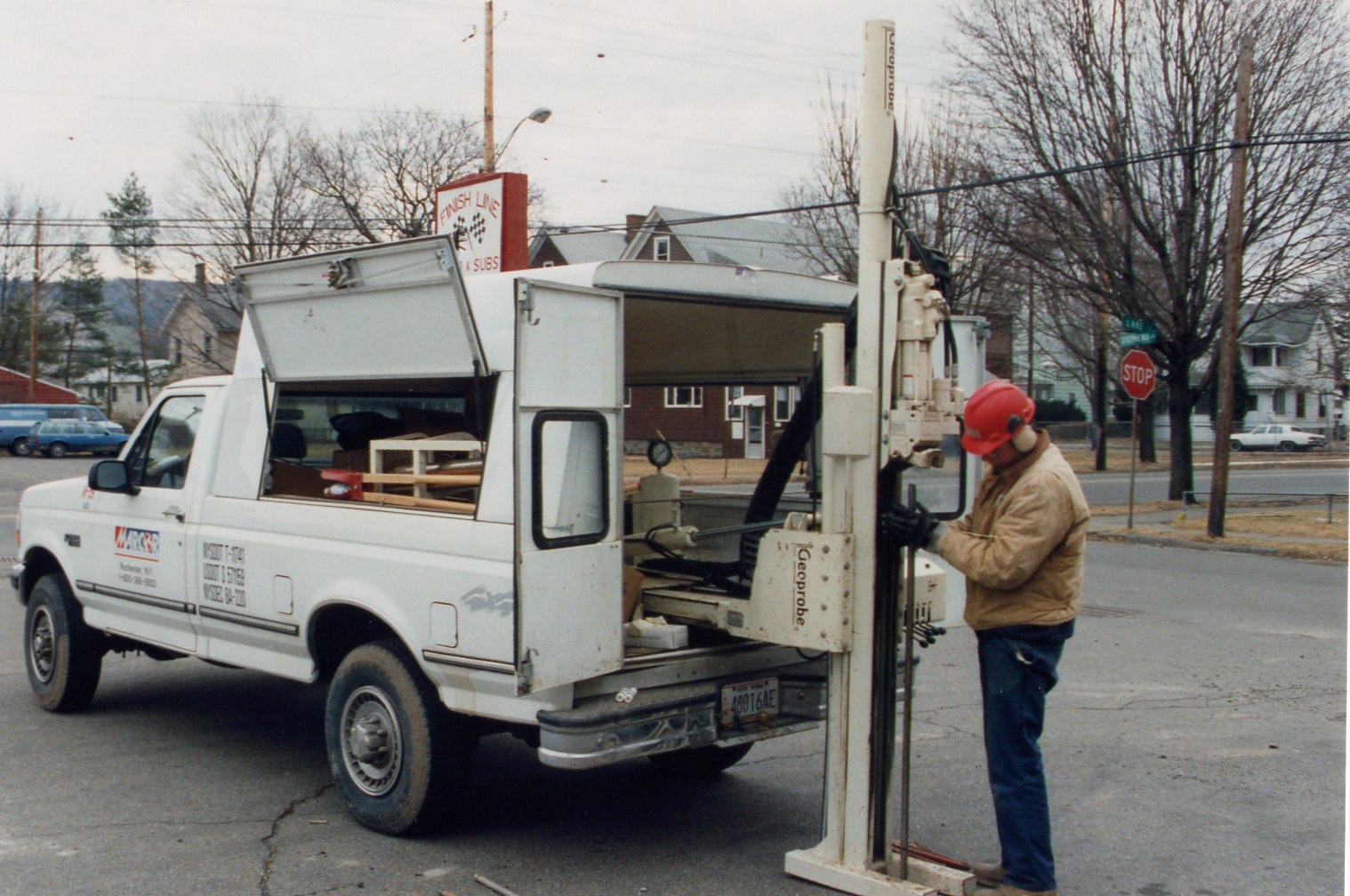
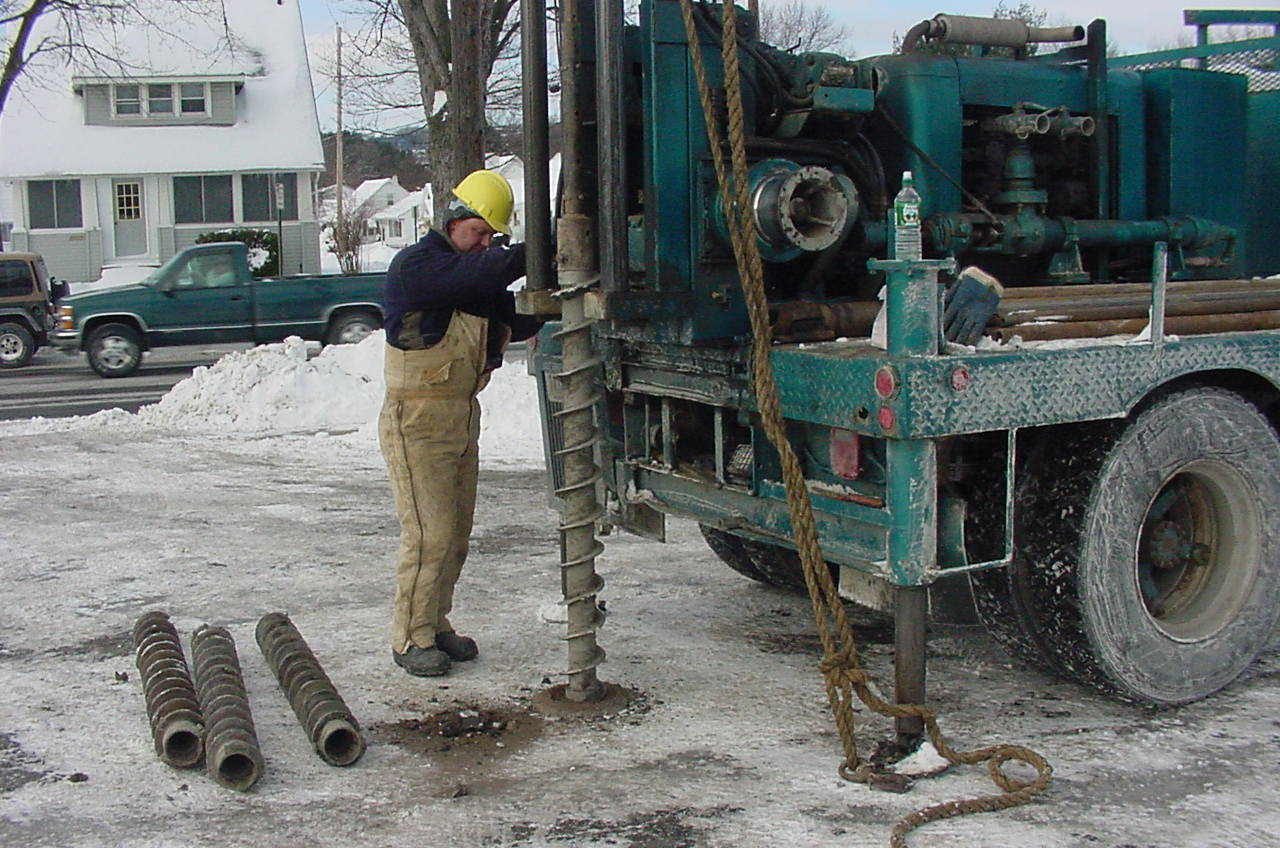
PHASE III SITE REMEDIATIONS
Phase III Remediations. Completion of over 100 Phase III ground intrusive remedial projects including remediation with design and implementation of appropriate erosion and sedimentation controls, and proper disposal of regulated contaminant waste streams including hazardous and non-hazardous waste streams, leaking petroleum underground storage tanks at gasoline stations and automotive repair facilities, and EPA Underground Injection Control (UIC) program regulated discharges. Responsibilities include all levels of administrative and decision-making. Act as liaison between Owner and the appropriate regulatory agency.
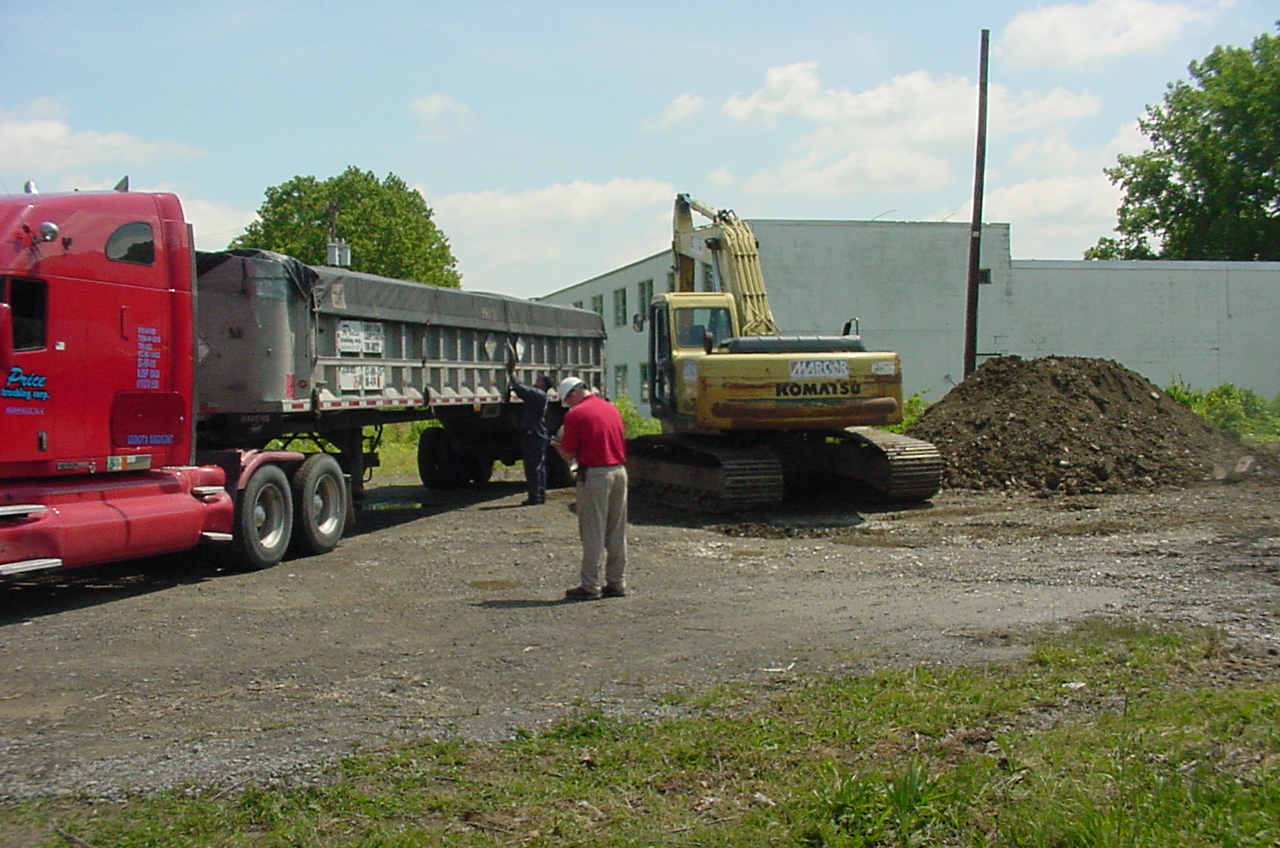

NON-HAZARDOUS
HAZARDOUS
PETROLEUM SPILL INVESTIGATION AND REMEDIATION
Site characterization of leaking USTs, pump tests, and remediation design and oversight, at private and municipal petroleum bulk storage facilities. These projects involved all-phase coordination with regulatory agencies and State Insurance Fund representatives. Efforts included Geoprobe macro-core borings, mass excavation with sedimentation controls, installation and abandonment of groundwater monitoring wells, soil vapor extraction, in-situ bioremediation and Oxygen generation methodologies.

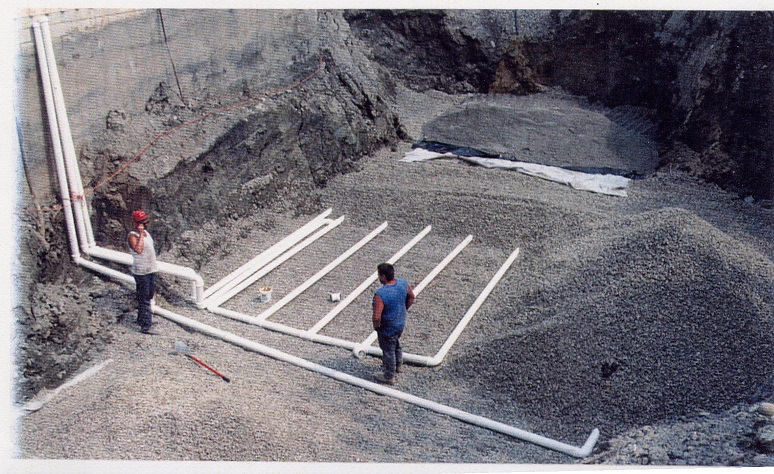
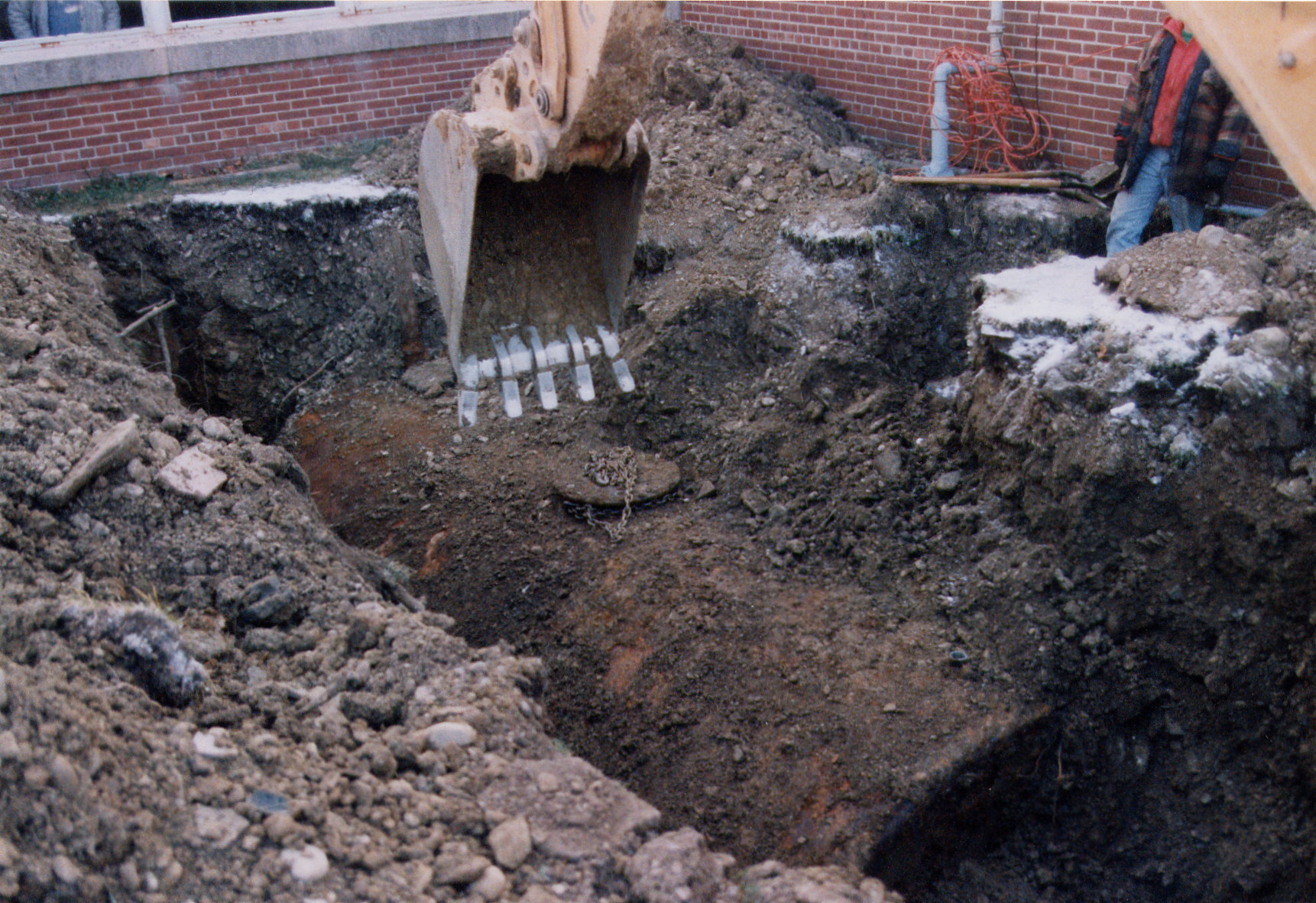

USEPA CLASS V INJECTION WELL CLOSURES

USEPA Underground Injection Control Program. Closure of over 200 Class V injection wells (drywells) and other similar USEPA discharges regulated under CFR 144. Coordinated extensively with EPA Region 2 UIC office to develop a short-track standardized methodology for site sampling and characterization to facilitate the closure process and satisfy the UIC program requirements in a cost-effective manner. Design of sedimentation control measures. The USEPA Region II UIC program was used as a model for the new federal rule to be codified in 1999. Remediations have included clean-up of hazardous waste in UIC Class V drywells.
BROWNFIELDS
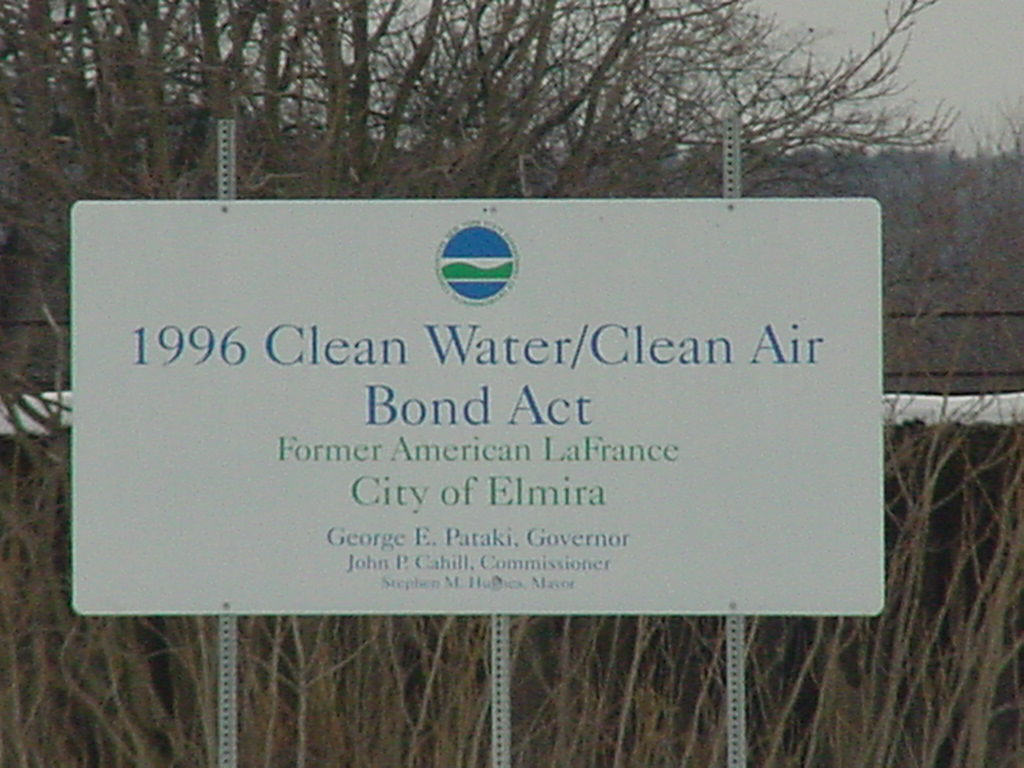
ENVIRONMENTAL SAMPLING
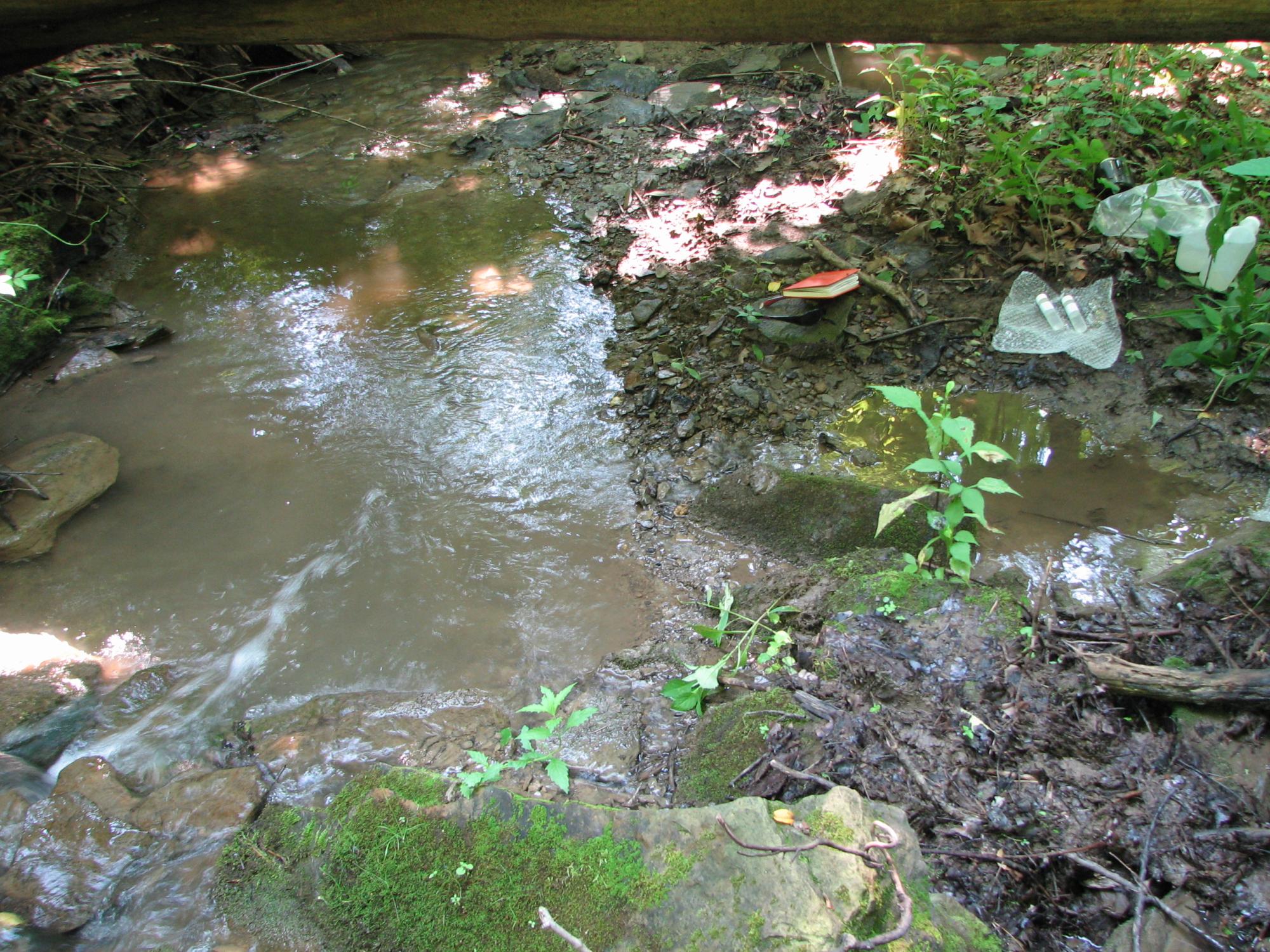
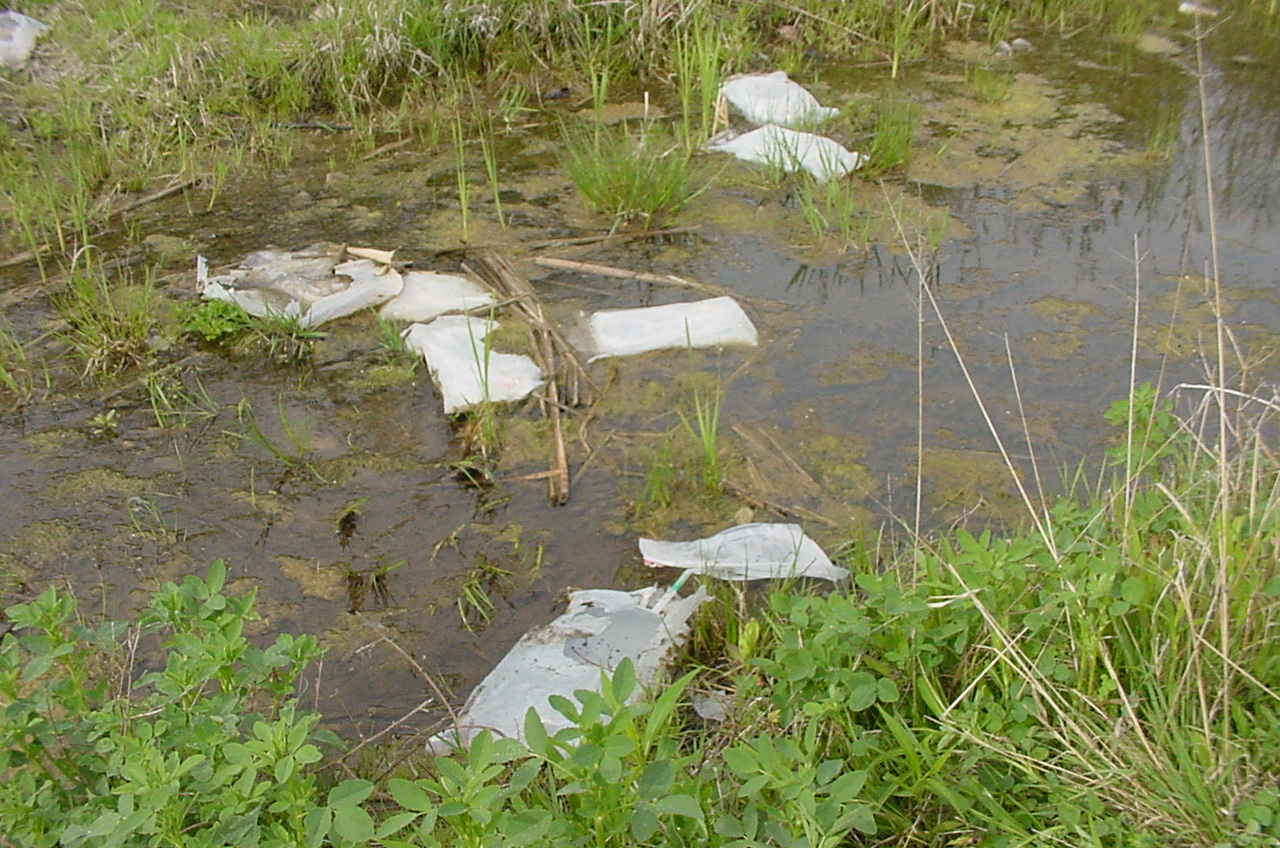
BIOHAZARD
